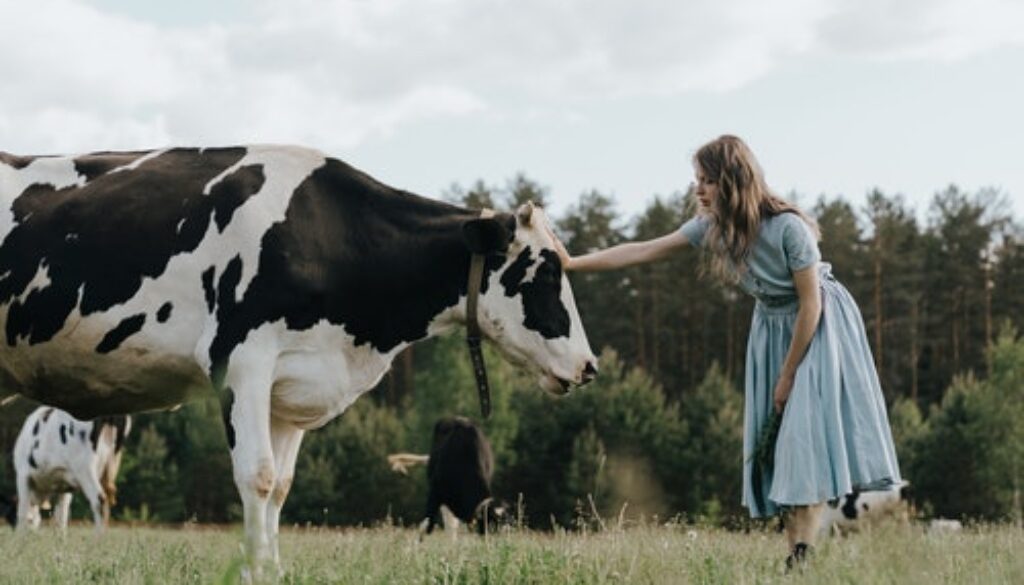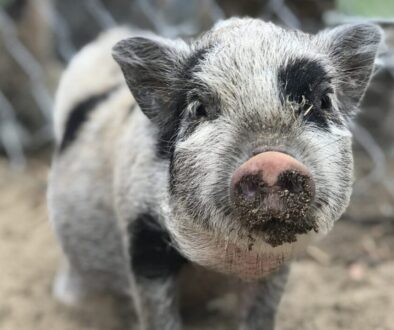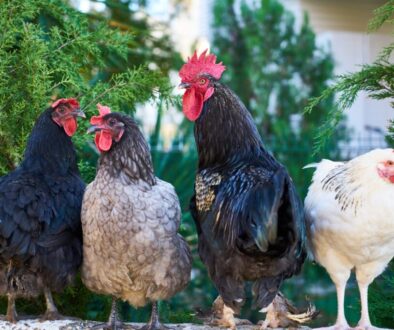What’s a “Black Cow”? Farm Animals as Working Pets
Did you know a root beer float is called a black cow? A Colorado business owner, Frank Wisner, is credited with inventing this drink in August of 1893. His tavern specialized in producing carbonated soda waters. Looking out the window, the full moon shining on Cow Mountain’s snowy peaks made him think of vanilla ice cream. Immediately, he added it to the current favorite drink flavor, and root beer floats were born.
However, cows – black and other colors – also make wonderful working pets on farms. Most people think of horses to draw wagons, but cows are less likely to react when wearing a yoke or harness to pull carts. Or use them for trade show events. Here are some basics for caring for them:
Some cows’ coats can be spun into a yarn-type thread for knitting. Most know their manure is useful as fertilizer, but steers and cows can also mow your lawn! Or train your cow to perform tricks for food or clickers. And, of course, you can milk your cow or choose to put them on a hay and pasture diet.
They’ll need shelter – either a stall in a horse barn or just a simple, outdoor (sturdy!) shed. You’ll also need an enclosed area for training them with a tall, secure fence (cows can and do jump over gates). For their pasture, research what types of fencing to use – you’ll need to combine several varieties, and they’ll squeeze right through anything not electrified. You might be able to pasture them with other farm animals unless your horse can’t get along with them.
Make sure to have a source with lots of clean water as adult cows need about 30 gallons each day – more during lactation or on hot days. A pond will allow them to swim and drink. During the winter, they probably will not break the ice to get to the water.
Common issues include attracting flies that plague cows with biting. They can carry contagious illnesses and bacterial infections like pinkeye which will lead to blindness. Look into the options for pest control and rotate the treatments to avoid flies becoming resistant.
You’ll need some basic grooming supplies for shedding seasons and to get rid of caked-on mud. During sultry summer days, you can hose them off with cool water. Burrs, small sticks, and debris will need to be removed by hand. Hoof trimming should be done by a professional, and make sure to keep the flooring in your barn or shelter dry to avoid developing foot rot.
If you’re new to having a farm or cows, find a mentor to gain the benefit of their experience on how to care for them. On average, they live between 18 and 25 years, which requires a long-term commitment.




